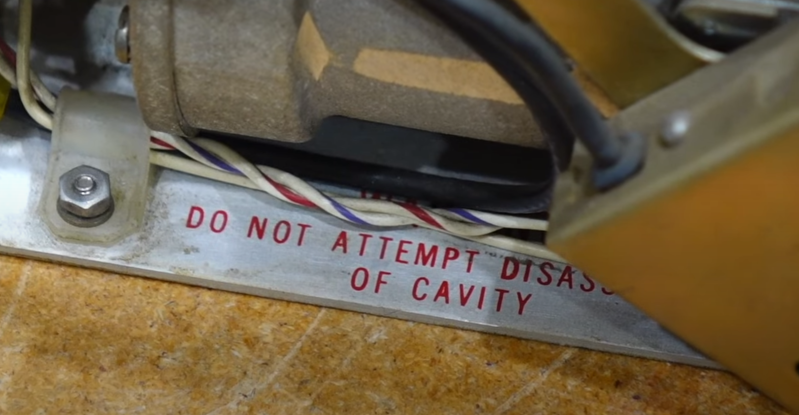
[CuriousMarc] is back with more vintage HP hardware repair. This time it’s the HP 5245L, a digital nixie-display frequency counter from 1963. This unit is old enough to be entirely made of discrete components, but has a real trick up its sleeve, with add-on components pushing the frequency range all the way up to 18 Ghz. But this poor machine was in rough shape. There were previous repair attempts, some of which had to be re-fixed with proper components. When it hit [Marc]’s shop, the oscillator was working, as well as the frequency divider, but the device wasn’t counting, and the reference frequencies weren’t testing good at the front of the machine. There were some of the usual suspects, like blown transistors. But things got really interesting when one of the boards had a couple of tarnished transistors, and a handful of nice shiny new ones — but maybe not all the right transistors.
Even with those replaced, something was still off. Up next was the counting circuit, and the flip-flops weren’t flopping. More dead transistors. Replace them with the modern equivalents, and still no dice. But that flip-flop was the speediest in the machine, and relied on the exact transistor model to match the rest of the circuit. That element was fiddly enough that even the modern oscilloscope probe watching the circuit was enough to throw it off.
The next bit of magic was the binary to decimal decoder, which is neon bulbs physically packaged with photo resistors. Some of those bits weren’t working, and the initial guess was more bad transistors. But the real culprit here was a reset line getting shorted out by something. And of course, that short disappeared while trying to find the culprit, so likely a solder whisker or similar bit of conductive fluff in just the wrong place.
But the real beauty here is the plugin modules that gave this frequency super powers. And those modules were unfortunately manufactured with a gear grease that turned to glue after a few decades. Why does a digital frequency counter module have a clockwork component, and a metal tube with that ominous warning, “DO NOT ATTEMPT DISASSEMBLY OF CAVITY”? The tube is a resonant cavity, working as a filter. The cavity is fed with a comb generator, which generates multiple signals 10 Mhz apart. The resonant filter will grab only one of the signals, giving a precise, known signal that is a power of 10 Mhz. The next bit of magic in this device is a frequency mixer, which combines the test signal with this power-of-10, and outputs the difference. The resonant filter is tuned by a series of gears that move internal components. Once tuned to the nearest frequency, the difference will be less than 10Mhz, and able to be counted by the frequency counter. Just add the value shown on the dial, and you have your total frequency.
Of course, [CuriousMarc] works his magic to get things running again, not to mention doing a better job than we can explaining how the modules work. And of course, opens the forbidden fruit, and cleans that grease-turned-glue from the inner works, exploring exactly how it works, and how to get it back together. And if you want more HP 5245L goodness, maybe check out the world’s most overbuilt nixie clock.
Do Not Attempt Disassembly: Analog Wizardry In A 1960s Counter
Source: Manila Flash Report
0 Comments